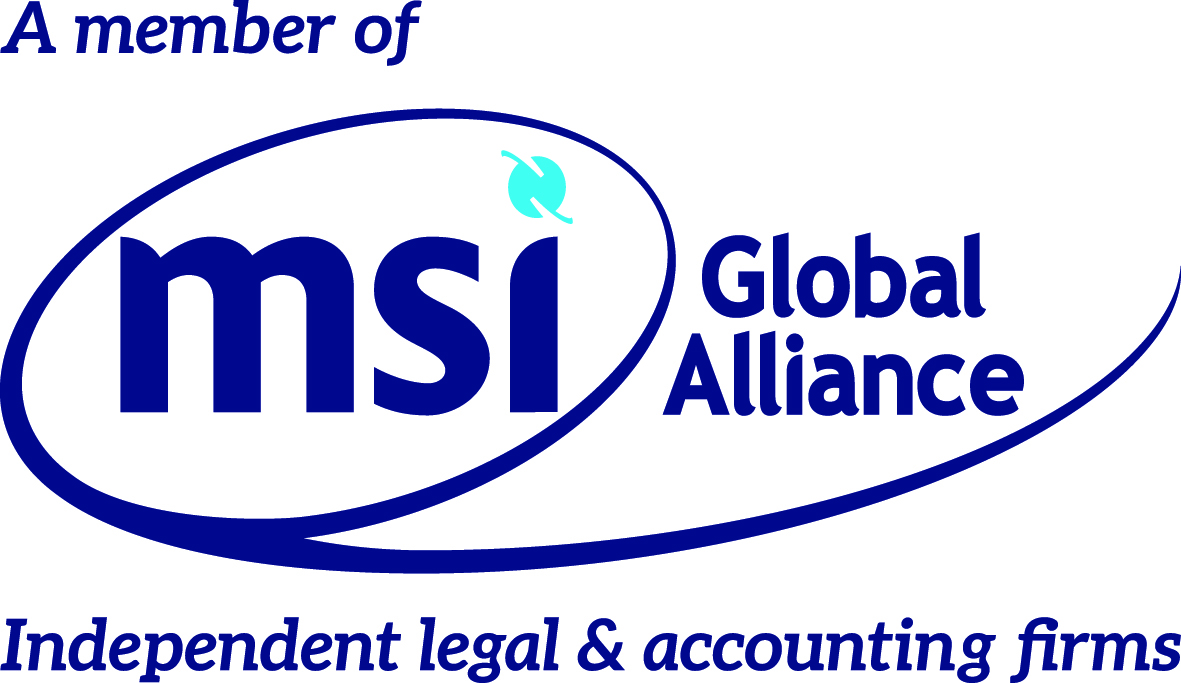After months of uncertainty over what aspect of employer DEI (or diversity, equity and inclusion) policies could be discriminatory, the U.S. Equal Employment Opportunity Commission (EEOC) and the Department of Justice (DOJ) issued informal guidance outlining the agencies’ positions. This joint document comes two months after President Trump’s executive orders targeting DEI policies and days after the EEOC’s announcement of its investigation into the diversity practices of 20 of the country’s largest law firms.
The March 21, 2025, joint guidance and corresponding question-and-answers lays out, albeit generally, the framework of how the EEOC and DOJ will evaluate circumstances of alleged discrimination in DEI programs. The guidance addresses several key topics that employers should be considering when updating handbooks, establishing training programs and making hiring/firing decisions.
DEI-Related Discrimination
The joint document does not explicitly define what DEI is but instead pulls from Title VII to establish that DEI policies, programs or practices may be unlawful if they involve an employer or other covered entity taking an employment action motivated – in whole or in part – by an employee’s race, sex or another protected characteristic. The joint guidance not only prohibits the use of quotas or otherwise “balancing” a workforce by race, sex or other protected characteristic (even if out of balance), but also includes:
- Limiting, segregating or classifying employees based on race, sex or other protected characteristic in a way that affects their status or deprives them of employment opportunities. For example, the following would all be prohibited: limiting membership in workplace groups such as Employee Resource Groups (ERG) or affinity groups to certain protected groups (like a women’s-only initiative); separating employees into groups based on race, sex or another protected characteristic when administering DEI or other trainings, even if the separate groups receive the same programming content or amount of employer resources.
- Harassment that results in an adverse change to a term, condition or privilege of employment or is so frequent or severe that a reasonable person would consider it intimidating, hostile or abusive.
- Retaliating against an individual who has engaged in protective activity related to DEI. For example, an employee objecting to DEI-related training may have engaged in protected activity if the employee provides a fact-specific basis for his or her belief that the training violates Title VII.
The EEOC’s direct mention of training programs, affinity groups and other ERGs bears special focus when employers are reviewing their current practices. To ensure compliance with the new framework outlined by the EEOC and DOJ, employers should ensure that any general training programs are provided to employees of all backgrounds. For employers with affinity groups or ERGs, the mere continuing existence of such groups can put employers at risk of a charge brought before the EEOC. If an employer were to elect to maintain affinity groups or ERGs, then at the very least it should be made clear that any employee is permitted to join the group, without regard to that employee’s protected trait or characteristic.
We also note there is pending federal court litigation regarding employers dropping specific workplace groups from their list of ERGs, and it is expected that actions against employers for ERGs and other workplace groups or programs may rise following the EEOC’s new guidance.
Hostile Work Environment
The EEOC/DOJ’s question-and-answers ask whether an employer’s DEI training can create a hostile work environment. The guidance’s answer leaves the door open as to whether an employer can be found to have created a hostile work environment from its DEI training. Specifically, the EEOC states, “[d]epending on the facts, an employee may be able to plausibly allege or prove that a diversity or other DEI-related training created a hostile work environment by pleading or showing that the training was discriminatory in content, application, or context.” Like all hostile work environment claims, harassment is only actionable if it is severe or pervasive enough to change the conditions of employment or creates a hostile or abusive environment.
It is also unclear whether the EEOC will interpret the mere existence of a DEI policy (alone) as being discriminatory towards individuals that are not specifically addressed (or protected) under the policy. While a number of courts have already established that an individual must show actual discrimination and cannot rely on an employer’s diversity policy alone to support a reverse discrimination claim, the EEOC may well take a much broader approach.
We suspect most employer training materials alone would not meet the standard required to establish a hostile work environment, but it is worth reviewing in each instance. Moreover, as the EEOC starts to intake new claims of harassment related to employer DEI and diversity training, employers will get a better picture of which policies and actions are adjudged as unlawful.
Reverse Discrimination
Another significant change in the EEOC’s guidance concerns claims of “reverse discrimination.” Some courts, including the U.S. Court of Appeals for the Seventh Circuit (which includes Illinois), have historically applied a modified approach for analyzing reverse discrimination cases, in which an individual an individual in the majority (such as a Caucasian male) must demonstrate “background circumstances” supporting the inference that the employer was the unusual employer discriminating against non-minority employees. The EEOC’s guidance now states that there should be no requirement for an individual to have a higher burden of proof in a reverse discrimination claim. In fact, the EEOC’s guidance takes the position that there is “no such thing as reverse discrimination; there is only discrimination.”
Applicability of the EEOC’s guidance should be further clarified once the U.S. Supreme Court rules on a pending case (Ames v. Ohio Department of Youth Services), which presents the issue of whether a majority-group plaintiff must show “background circumstances to support the suspicion that the defendant is that unusual employer who discriminates against the majority." We fully expect the Supreme Court to strike down the requirement for such background circumstances in reverse discrimination cases.
Judicial Involvement
Soon after the EEOC’s guidance, the U.S. District Court for the Northern District of Illinois enjoined a recent Executive Order that required federal grant recipients to certify that they do not “operate any programs promoting DEI that violate any applicable Federal anti-discrimination laws.” The court was particularly concerned with the administration’s inability to shed any light on what qualifies as an “illegal DEI program” in relation to the certification requirement (counsel was unable to articulate any examples). The nationwide temporary restraining order on the executive order comes after a federal court of appeals stayed a prior injunction that prohibited the government from acting on certain anti-diversity directives. Plainly, the application of anti-DEI directives faces significant legal challenges in the coming months.
Next Steps for Employers
Technically, none of the directives related to DEI under the EEOC/DOJ’s guidance represent a change in existing laws (the EEOC does not have that power). However, they certainly reflect a change in enforcement priority, and we feel confident in reporting that the EEOC will be looking for test cases to enforce its new guidance.
For now, employers are highly encouraged to collect and review their current DEI policies, trainings, ERGs/affinity groups and other related practices to evaluate if there are any areas of potential concern.
Please do not hesitate to contact any of the attorneys in Gould & Ratner’s Human Resources and Employment Law Practice to discuss the new guidance. Our team can evaluate your company’s HR policies for compliance with the new guidance and to help establish policies, trainings or practices that can reduce the risk of potentially costly litigation.





